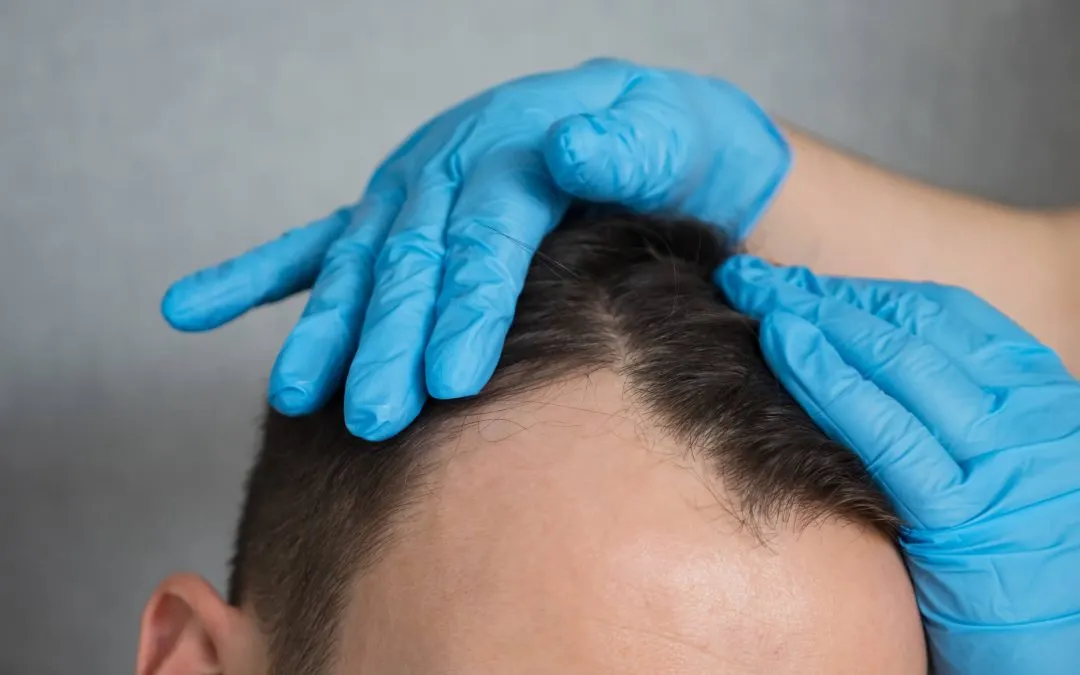Hair loss affects approximately 40% of men and 30% of women in the UK at some point in their lives. As we move through 2025, advancements in trichology (the study of hair and scalp health) have led to increasingly effective solutions for those experiencing thinning hair or baldness. Understanding which products actually work—and why—can save considerable time, money, and emotional distress.
The Biology of Hair Loss
Hair growth follows a predictable cycle with three main phases: anagen (active growth), catagen (transition), and telogen (resting). Most hair loss occurs when this cycle is disrupted, whether by genetics, hormones, stress, or nutritional deficiencies.
The most common types of hair loss include:
- Androgenetic Alopecia: Pattern baldness affected by DHT (dihydrotestosterone)
- Telogen Effluvium: Stress-induced shedding where too many hairs enter the resting phase
- Alopecia Areata: An autoimmune condition causing patchy hair loss
- Nutritional Deficiencies: Particularly iron, zinc, vitamin D, and protein insufficiency
Modern best hair growth serums UK formulations target specific mechanisms within these pathways to help restore normal cycling and create optimal conditions for regrowth.
Breaking Down Effective Ingredients
The efficacy of hair growth products relies heavily on their active components. Recent research has identified several ingredients with substantial clinical support:
Growth Stimulants
- Minoxidil: Vasodilator that extends the growth phase and increases follicle size
- Peptides: Specifically oligopeptides that signal cellular regeneration
- Procyanidin B2: Found in apple extract, demonstrated to promote human hair growth
- Caffeine: Counteracts testosterone’s negative effects on follicles
DHT Blockers
- Saw Palmetto: Natural 5-alpha-reductase inhibitor
- Ketoconazole: Anti-fungal with anti-androgenic properties
- Green Tea Extract: Contains EGCG which inhibits DHT production
Follicle Supporters
- Biotin: Essential for keratin infrastructure
- Niacinamide: Improves microcirculation to follicles
- Rosemary Oil: Matched minoxidil’s effectiveness in clinical trials
- Panthenol: Strengthens hair shaft and prevents breakage
Many of the best hair growth products UK retailers offer contain strategic combinations of these ingredients for synergistic effects.
Formulation Matters
Beyond ingredients, delivery systems significantly impact efficacy. Advanced formulations utilize technologies like:
- Liposomal Delivery: Encapsulates active ingredients for deeper penetration
- Time-Release Mechanisms: Provide sustained delivery of compounds
- pH-Optimized Solutions: Maintain scalp’s natural barriers while maximizing absorption
- Microbiome-Friendly Bases: Support healthy scalp flora
These technological advances explain why newer products often outperform older formulations with similar active ingredients.
Personalized Approaches to Hair Growth
Hair loss is highly individualized, and treatment success often depends on matching solutions to specific causes:
For Hormone-Related Loss
Individuals with DHT-sensitive follicles benefit most from formulations with strong anti-androgenic components like saw palmetto, caffeine, and rosemary. These work by preventing testosterone conversion to DHT or blocking DHT from binding to follicle receptors.
For Stress-Induced Shedding
Adaptogens like ashwagandha, alongside peptides and B vitamins, help normalize the hair cycle disrupted by cortisol and other stress hormones. Massage-in formulations provide the additional benefit of stimulating blood flow while reducing tension.
For Age-Related Thinning
As we age, follicles naturally miniaturize, producing finer, shorter hairs. Peptide-rich formulations signal cellular regeneration, while growth factors encourage follicles to produce thicker, stronger strands.
Holistic Support Systems
While topical treatments address the scalp directly, internal support creates optimal conditions for growth:
Nutritional Foundations
- Protein: The building block of hair (aim for 0.8g per kg of body weight daily)
- Iron: Essential for oxygen delivery to follicles (ferritin levels should exceed 70ng/mL)
- Zinc: Regulates oil production and supports protein synthesis
- Vitamin D: Modulates hair cycling (levels below 30ng/mL correlate with increased loss)
Lifestyle Factors
- Stress Management: Chronic stress elevates cortisol, triggering telogen effluvium
- Sleep Quality: During deep sleep, growth hormone peaks, supporting regeneration
- Scalp Hygiene: Preventing buildup that can obstruct follicles and cause inflammation
Setting Realistic Expectations
Hair grows approximately 1.25cm per month, making progress inherently slow. A reasonable timeline includes:
- Initial 2-3 months: Reduced shedding and improved scalp condition
- 3-6 months: Visible “baby hairs” emerging around thinning areas
- 6-12 months: Noticeable improvements in density and coverage
- 12+ months: Maximum results from most non-prescription treatments
Photographic documentation at consistent intervals provides objective measurement of progress.
When to Seek Professional Intervention
For some individuals, over-the-counter products may not provide sufficient results. Professional options include:
- Prescription-strength formulations (higher concentrations of active ingredients)
- Platelet-rich plasma therapy (using growth factors from your own blood)
- Low-level laser therapy (stimulates mitochondrial activity in follicles)
- Hair transplantation (particularly FUE techniques that leave minimal scarring)
A board-certified dermatologist or trichologist can provide personalized recommendations based on your specific pattern and type of hair loss.
Conclusion
The landscape of hair growth solutions has evolved significantly, with evidence-based formulations replacing snake oil promises. While no single product works for everyone, the scientific understanding of follicle biology has led to increasingly targeted and effective treatments.
When evaluating options, prioritize products with clinically-validated ingredients in optimal concentrations, and remember that consistency is key—even the most effective solutions require patience and regular application. With advances in ingredient science and delivery methods, the outlook for those dealing with hair loss continues to improve substantially.




